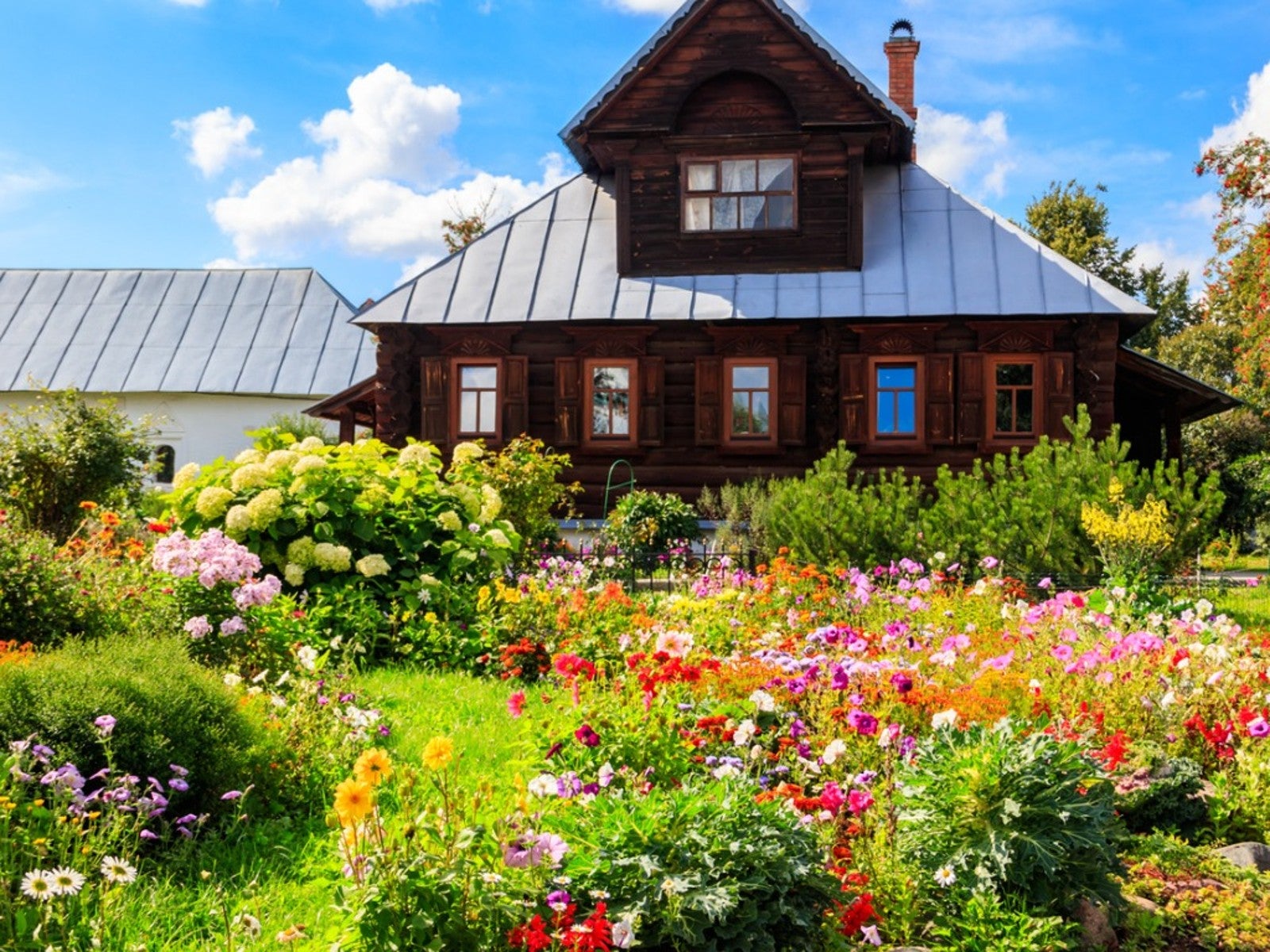Russian Garden Design Ideas – Growing Russian Garden Plants


Russian dacha gardens are something to be admired. They provide more than half of the Russia’s food supply, and they do it without pesticides, tractors, tillers or animals.
Many have evolved into small businesses. After the gardeners make sure they have enough for winter, relatives and neighbors, they sell the overage to the public. Besides the economic profit, Russian dacha gardens ensure food security and sustainability, preservation of heirloom fruits and vegetables, and contribute to a feeling of community and a oneness with nature and the land.
Gardens in Russia: What We Can Learn from Russian Gardening Style
Russian gardening style reflects a centuries old work ethic: Work hard and reap the benefits of your labor. Families either tend the yard around their homes or drive to a plot of land devoted solely to their gardens. Adults toil daily among fruit trees, herbs, and vegetables, while children run up and down outside with no fear of harm. It is an idyllic, picturesque scene that belies the fact that these chores are their livelihood.
Many people already have incorporated Russian gardening style into their backyards without even realizing it. If you are growing fruits and other edibles packed alongside the flowers and trees, then you are learning to do what Russian families have been doing for centuries.
And if you know anyone who gardens, sharing the bounty is only natural when there is a surplus. People bring their extra produce to church, to school, to work and to neighbors and relatives. The difference with the Russian community might be that their sharing is a planned necessity, a give-and-take arrangement that benefits all.
Growing Food Russian Style
Besides growing tree fruits such as apples and plums, as well as ramblers such as raspberries, strawberries and gooseberries, Russian dacha gardens often grow staples like potatoes, onions and garlic. Plenty of dill grows all season; it is essential for use in pickling the produce. Perennial crops, plus tomatoes, squash, radishes, cucumbers, and carrots fill the Russian gardens.
Some of the ornamentals among Russian garden plants are grown for medicinal uses. For example, Rosa Rugosa hips are grown for their high vitamin C content. Phlox is grown for its roots that are used as therapy for cold and stomach aches. Yarrow is revered as a cure all.
Gardening tips, videos, info and more delivered right to your inbox!
Sign up for the Gardening Know How newsletter today and receive a free copy of our e-book "How to Grow Delicious Tomatoes".
The pièce de résistance for the Russian garden is Perovskia atriplicifolia, or the native Russian sage.

After graduating from Oklahoma State University with a degree in English, Susan pursued a career in communications. In addition, she wrote garden articles for magazines and authored a newspaper gardening column for many years. She contributed South-Central regional gardening columns for four years to Lowes.com. While living in Oklahoma, she served as a master gardener for 17 years.
-
 How To Make A Bouquet Garni Or Herb Bundle For Cooking
How To Make A Bouquet Garni Or Herb Bundle For CookingIf you’re a great cook, you may have made an herb bundle before. If this is a new idea, learn how to add sparkle and interest to your dish with a bouquet garni.
By Amy Grant
-
 ‘Coral Charm’ Peony Care For Sublime Semi-Double Peonies With Lush Salmon Pink Flowers
‘Coral Charm’ Peony Care For Sublime Semi-Double Peonies With Lush Salmon Pink FlowersPeonies are known for their soft baby pink or magenta tones, but if plushy coral blooms are your thing, here’s our guide to the ultimate ‘Coral Charm’ peony care
By Tonya Barnett